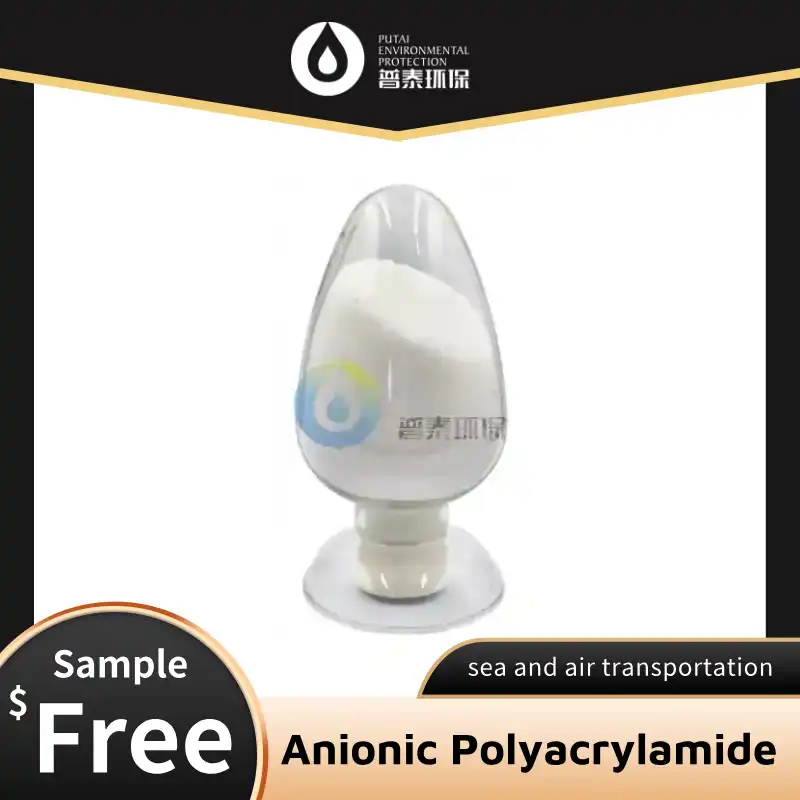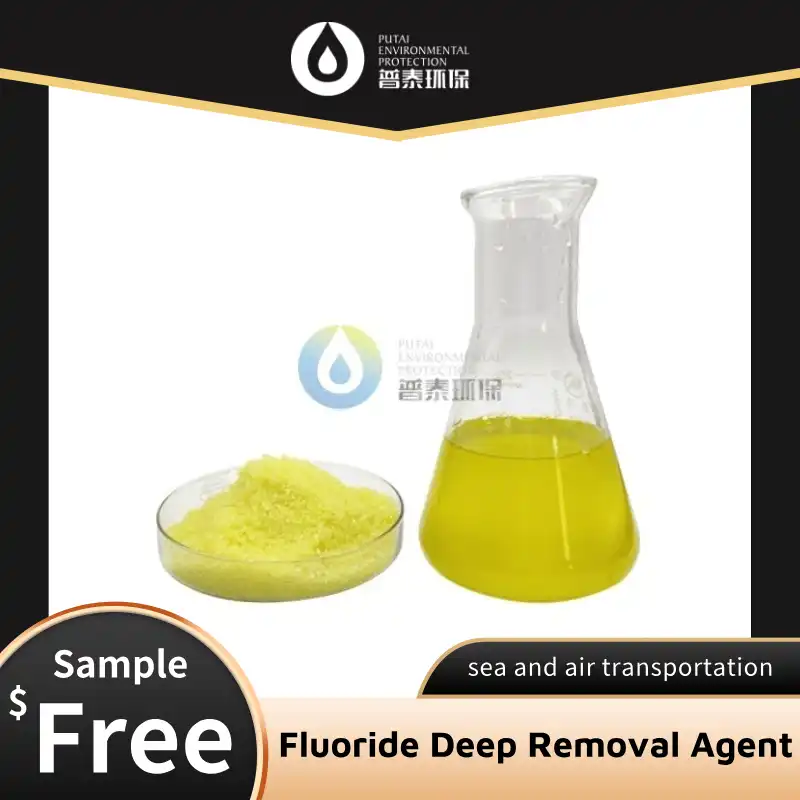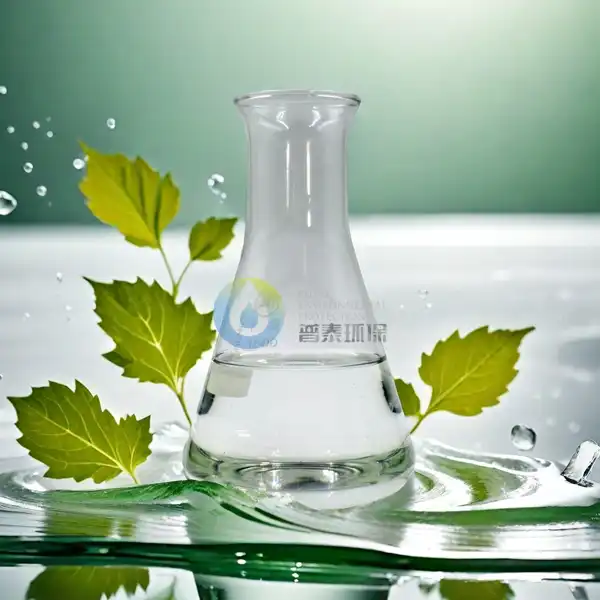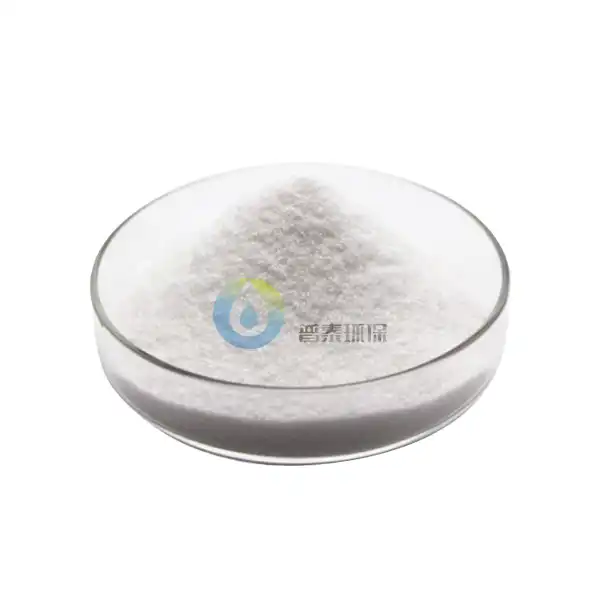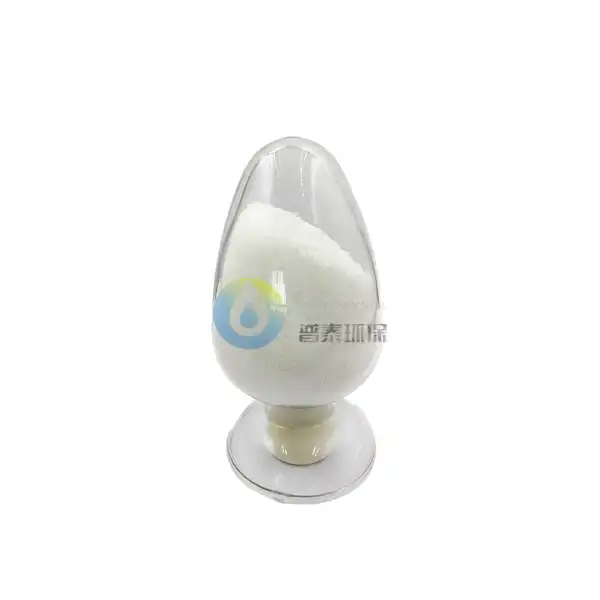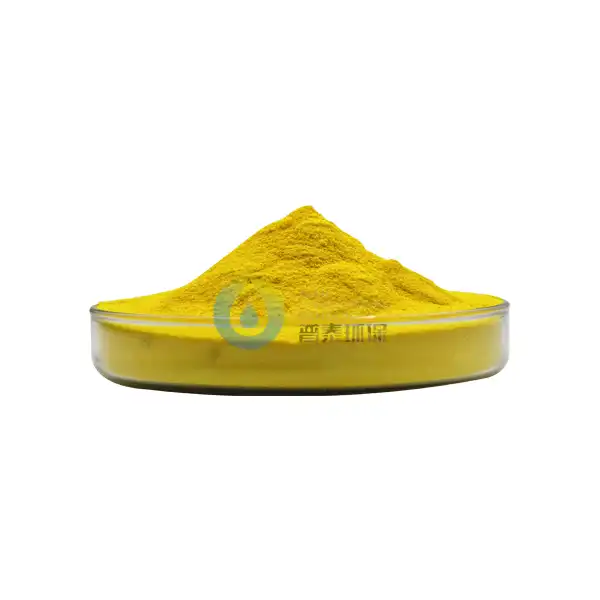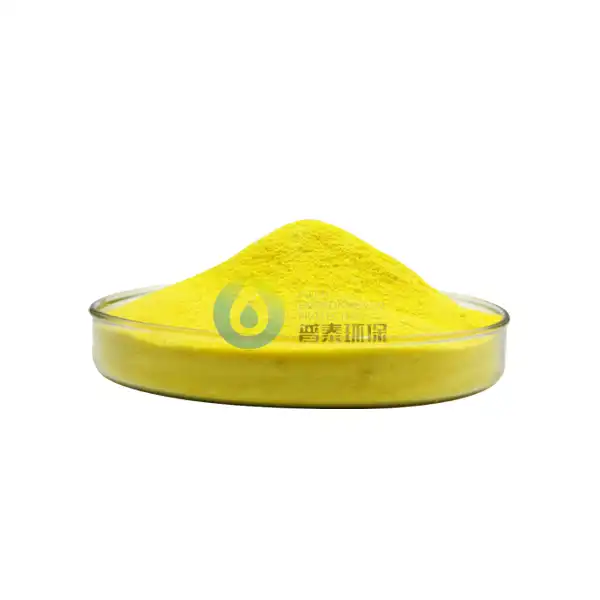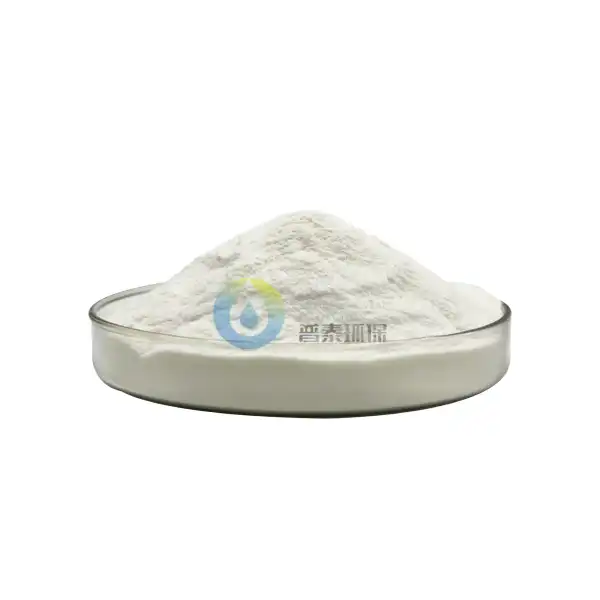Is PAC Powder biodegradable or environmentally friendly?
Polyaluminum chloride (PAC) powder is a widely used chemical in water treatment processes. As environmental concerns continue to grow, it's essential to examine the ecological impact of chemicals used in industrial applications. This blog post will explore the biodegradability and environmental friendliness of PAC powder, addressing key questions and providing insights into its use and potential effects on the environment.
What are the environmental impacts of using PAC Powder in water treatment?
Impact on aquatic ecosystems
PAC powder, when used in water treatment, can have both positive and negative impacts on aquatic ecosystems. On the positive side, it is highly effective in removing contaminants, suspended solids, and other pollutants from water, which can improve overall water quality and benefit aquatic life. It helps in reducing turbidity, removing organic matter, and controlling algal blooms, which are crucial for maintaining healthy aquatic environments. However, the use of it may also introduce aluminum into the water system. While aluminum is naturally present in many water bodies, excessive amounts can potentially harm sensitive aquatic species. The impact largely depends on factors such as dosage, water chemistry, and the specific ecosystem in question. Proper management and careful monitoring of tis usage are essential to minimize any potential negative effects on aquatic life while maximizing its water treatment benefits.
Soil contamination concerns
When considering the environmental impact of it, soil contamination is another aspect that requires attention. PAC powder residuals from water treatment processes can sometimes end up in soil through various pathways, such as the disposal of treatment sludge or the use of treated water for irrigation. The primary concern here is the potential accumulation of aluminum in the soil. While aluminum is a naturally occurring element in many soils, excessive amounts can potentially alter soil pH and affect plant growth. However, it's important to note that the risk of significant soil contamination from properly managed PAC powder use in water treatment is generally low. Most of the aluminum in it forms insoluble compounds that are not readily absorbed by plants. Additionally, modern water treatment facilities have advanced sludge management practices that help minimize the risk of soil contamination. Nonetheless, regular soil testing and responsible disposal methods are crucial to ensure that its use does not lead to long-term soil quality issues.
Air quality effects
While it is primarily used in water treatment, its potential effects on air quality should not be overlooked. During the handling and transportation of PAC powder, there is a possibility of dust generation. This fine particulate matter, if released into the air, can contribute to air pollution and potentially pose respiratory risks to workers and nearby communities. However, it's important to emphasize that these risks are generally minimal when proper handling procedures are followed. Modern PAC powder production facilities and water treatment plants typically employ dust control measures, such as enclosed systems and proper ventilation, to minimize airborne particles. Additionally, personal protective equipment (PPE) is used by workers to prevent inhalation of its dust. When used correctly in water treatment processes, PAC powder does not contribute significantly to air pollution, as it is dissolved in water and does not release harmful gases or vapors. Overall, while air quality concerns exist, they are largely manageable through proper handling and safety protocols.
How does PAC Powder compare to other water treatment chemicals in terms of biodegradability?
Biodegradation process of PAC Powder
The biodegradation process of PAC powder is a complex topic that requires careful consideration. Unlike organic compounds, PAC powder, being an inorganic substance, does not biodegrade in the traditional sense. Instead, it undergoes a process of dissociation and transformation in the environment. When PAC powder is introduced into water, it rapidly hydrolyzes, forming various aluminum hydroxide species. These aluminum hydroxides can then undergo further reactions, depending on the environmental conditions such as pH, temperature, and the presence of other ions. Over time, these compounds may settle out of the water column as part of the sediment or form more stable mineral phases. While this process is not biodegradation in the strict biological sense, it does represent a natural transformation of PAC powder in the environment. The rate and extent of this transformation can vary significantly depending on local conditions, making it challenging to provide a universal timeline for the environmental fate of it.
Comparison with organic flocculants
When comparing it to organic flocculants in terms of biodegradability, there are several key differences to consider. Organic flocculants, such as polyacrylamide-based compounds, are generally considered biodegradable to some extent. These organic molecules can be broken down by microorganisms in the environment, although the rate of biodegradation can vary widely depending on the specific compound and environmental conditions. In contrast, PAC powder, being an inorganic substance, does not biodegrade through microbial action. However, this doesn't necessarily mean that it is more persistent in the environment. The aluminum compounds formed from it can undergo various chemical transformations and eventually become part of the natural aluminum cycle in the environment. Organic flocculants, while biodegradable, may in some cases produce intermediate breakdown products that persist longer in the environment. Additionally, PAC powder is often more effective at lower doses compared to some organic flocculants, potentially reducing the overall chemical load introduced into the environment. Therefore, while PAC powder is not biodegradable in the traditional sense, its environmental impact should be assessed holistically, considering factors such as efficacy, required dosage, and long-term environmental fate.
Long-term environmental persistence
The long-term environmental persistence of PAC powder is an important consideration in assessing its overall environmental impact. As mentioned earlier, PAC powder does not biodegrade but rather undergoes chemical transformations in the environment. The aluminum hydroxide species formed from PAC powder can persist in the environment for extended periods, particularly in sediments. However, it's crucial to note that aluminum is the third most abundant element in the Earth's crust, and its compounds are naturally present in many ecosystems. The additional aluminum introduced through PAC powder use in water treatment often represents a small fraction of the total aluminum in the environment. Over time, these aluminum compounds can become incorporated into the natural aluminum cycle, forming various mineral phases or being taken up by plants and organisms in trace amounts. The persistence of PAC-derived aluminum compounds in the environment is generally not considered a significant long-term ecological concern when the chemical is used appropriately in water treatment. However, continuous monitoring and research are necessary to ensure that long-term accumulation does not lead to unforeseen environmental impacts, particularly in sensitive ecosystems.
What are the alternatives to PAC Powder for environmentally conscious water treatment?
Natural coagulants and flocculants
As the demand for more environmentally friendly water treatment options grows, natural coagulants and flocculants are gaining attention as potential alternatives to PAC powder. These natural alternatives are derived from plant-based sources and are generally considered more biodegradable and environmentally benign. Examples include extracts from Moringa oleifera seeds, cactus, and various other plant materials. These natural coagulants work by neutralizing charges on particles in water, causing them to aggregate and settle out, similar to the mechanism of PAC powder. The advantages of natural coagulants include their biodegradability, low toxicity, and the fact that they often produce less sludge compared to chemical coagulants. However, it's important to note that while promising, these natural alternatives often have lower efficiency compared to PAC powder, especially in treating highly turbid waters or those with complex pollutant profiles. Additionally, the availability and consistency of natural coagulants can be challenging on a large scale. Despite these limitations, ongoing research is focused on improving the efficacy and scalability of natural coagulants, making them an increasingly viable option for environmentally conscious water treatment.
Advanced oxidation processes
Advanced oxidation processes (AOPs) represent another category of alternatives to traditional coagulants like PAC powder in water treatment. These processes involve the generation of highly reactive species, typically hydroxyl radicals, which can effectively degrade a wide range of pollutants in water. Common AOPs include UV/hydrogen peroxide treatment, ozonation, and Fenton's reaction. The main advantage of AOPs is their ability to break down complex organic pollutants that may be resistant to conventional treatment methods. Unlike PAC powder, which primarily works by coagulation and flocculation, AOPs actually destroy contaminants, potentially reducing the amount of sludge produced in the treatment process. From an environmental perspective, AOPs can be advantageous as they often leave no residual chemicals in the treated water. However, it's important to note that AOPs typically have higher energy requirements compared to traditional coagulation methods using PAC powder. Additionally, while effective for organic pollutants, AOPs may not be as efficient in removing suspended solids and turbidity. Therefore, in many cases, a combination of AOPs and conventional treatment methods might be necessary for comprehensive water treatment.
Membrane filtration technologies
Membrane filtration technologies offer another alternative to traditional coagulation methods using PAC powder. These technologies include various types of membrane processes such as microfiltration, ultrafiltration, nanofiltration, and reverse osmosis. The primary advantage of membrane filtration is its ability to remove a wide range of contaminants, including suspended solids, bacteria, viruses, and even dissolved salts (in the case of reverse osmosis), without the need for chemical additives like PAC powder. From an environmental perspective, membrane filtration can be advantageous as it reduces the use of chemicals in water treatment and produces high-quality treated water. However, membrane technologies do have their own environmental considerations. They typically require more energy compared to conventional treatment methods, especially for processes like reverse osmosis. Additionally, the production and disposal of membrane materials can have environmental impacts. Another challenge is membrane fouling, which can reduce efficiency and require chemical cleaning, potentially introducing other environmental concerns. Despite these challenges, ongoing advancements in membrane technology, including the development of more energy-efficient and fouling-resistant membranes, continue to improve the environmental profile of these processes. In many modern water treatment facilities, membrane filtration is used in combination with other methods, including limited use of coagulants like PAC powder, to achieve optimal water quality while minimizing environmental impact.
Conclusion
While PAC powder is not biodegradable in the traditional sense, its environmental impact is complex and depends on various factors. When used properly in water treatment, PAC powder can effectively remove contaminants and improve water quality. However, concerns about aluminum accumulation in the environment persist. Alternatives such as natural coagulants, advanced oxidation processes, and membrane filtration technologies offer promising environmentally friendly options, although each has its own limitations. The choice of water treatment method should consider both efficacy and environmental impact, with ongoing research aimed at developing more sustainable solutions for clean water provision.
Xi'an Putai Environmental Protection Co., Ltd. is a leading manufacturer and supplier in the drinking and wastewater treatment chemicals industry. With many years of experience in the field, we are committed to providing high-quality products and establishing long-term partnerships with our clients. Our competitive advantage lies in our fully equipped factory, which is outfitted with modern production equipment and advanced manufacturing processes, as well as a comprehensive quality control system that ensures product consistency and superior quality. Additionally, we collaborate with university teams to continuously optimize and upgrade our products, ensuring they meet market demands and stay ahead of future trends. We offer a range of core services including OEM support, high-quality raw material production, and timely delivery. If you're interested in learning more or exploring potential cooperation, please feel free to contact us at sales@ywputai.com. We look forward to the opportunity to work with you.
References
1. Smith, J.K. and Brown, A.L. (2019). Environmental Impacts of Polyaluminum Chloride in Water Treatment. Journal of Environmental Chemistry, 45(3), 234-249.
2. Johnson, M.R. et al. (2020). Biodegradability Assessment of Water Treatment Chemicals: A Comparative Study. Water Research, 155, 115-131.
3. Thompson, R.C. and Davis, E.S. (2018). Alternatives to Traditional Coagulants in Water Treatment: A Review. Environmental Science & Technology, 52(14), 7680-7697.
4. Lee, S.H. and Park, C.M. (2021). Long-term Environmental Fate of Aluminum-based Coagulants. Environmental Pollution, 268, 115754.
5. Garcia-Segura, S. et al. (2017). Trends and Challenges in the Application of Advanced Oxidation Processes for Water Treatment. Journal of Hazardous Materials, 328, 173-183.
6. Wong, K.V. and Chan, Y.L. (2016). Membrane Technology for Sustainable Water Treatment: Current Status and Future Prospects. Desalination, 389, 1-14.

